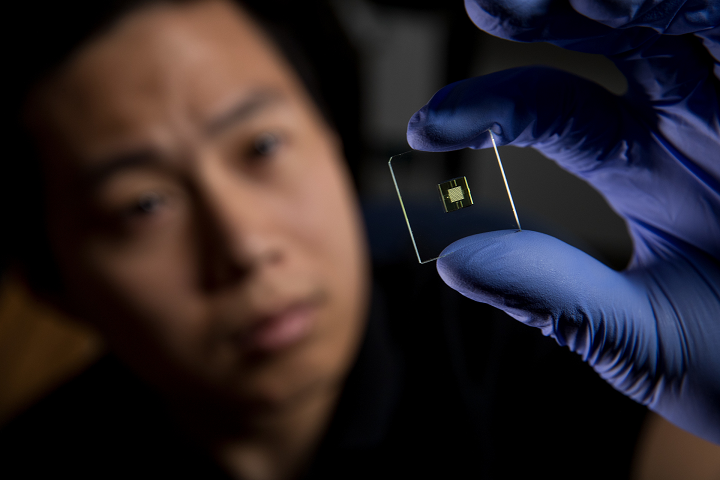Results 1 to 1 of 1
Thread: 3D Printed Microfluidic Devices
-
08-14-2017, 06:13 PM #1Administrator

- Join Date
- Oct 2016
- Posts
- 2,028
3D Printed Microfluidic Devices
It's possible to use 3D printing to create microfluidic devices, which are tiny 'lab on a chip' tools that use microscopic channels to work out small structures like cells and disease biomarkers in liquid samples such as blood; they can also quickly and precisely analyze chemicals with small volumes. But the devices are expensive and difficult to make, due to their complex geometry, and while 3D printed molds have been used to construct microfluidics platforms, 3D printing itself does present some limitations with overall size and materials. But researchers at Brigham Young University (BYU) in Utah are now the first to use 3D printing to fabricate a working microfluidic device that's small enough to be effective at a scale less than 100 micrometers. Read more at 3DPrint.com: http://3dprint.com/184047/byu-3d-printed-microfluidics/





 Reply With Quote
Reply With Quote



QIDI Slicer "Plater" is...
04-12-2024, 02:21 AM in QiDi 3D Printer Forum